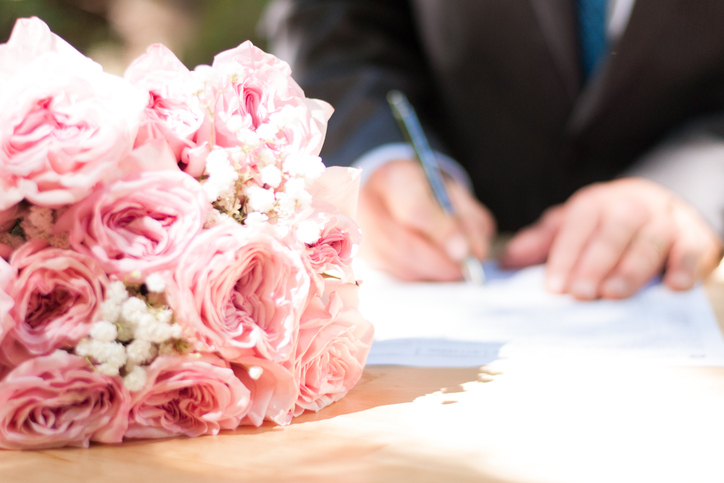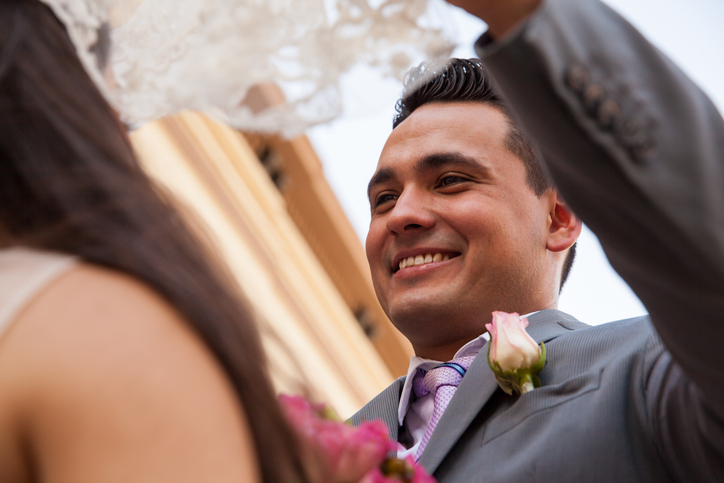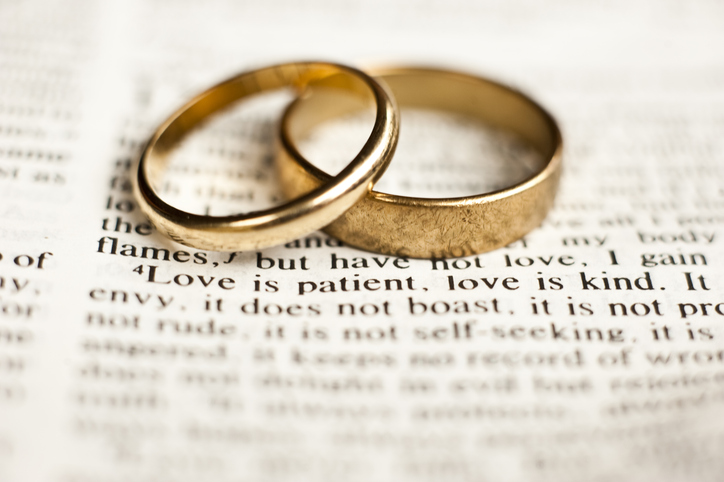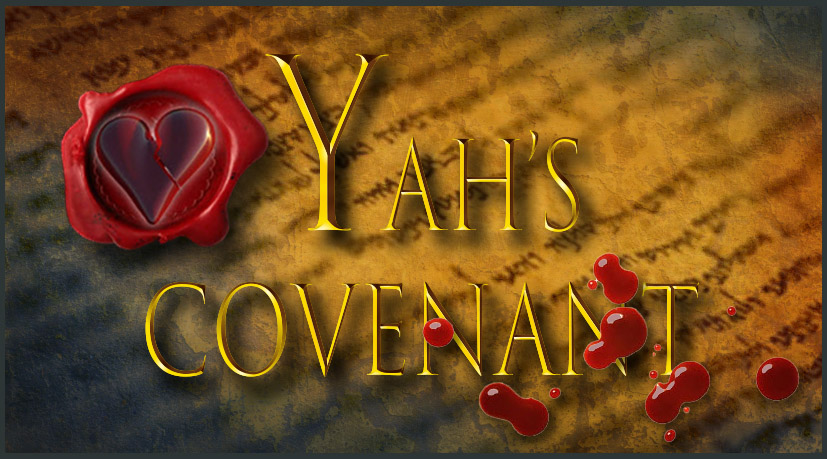The Bridal Covenant of Hope and Restoration
The Bridal Covenant of Hope
and Restoration
In the realm of legal terminology and ancient texts, the distinction between a “testament” and a “covenant” is not merely a matter of semantics; it’s a fundamental difference in concept and implication.
Firstly, let’s delve into the essence of a testament. Rooted in Greco-Roman legal tradition, a testament crystallizes one’s final wishes and rights, particularly regarding the disposition of one’s belongings posthumously. Picture the archetypal “LAST WILL and TESTAMENT” where individuals meticulously outline their desires for their estate. In Greco-Roman legal practice, precedence was given to the most recent testament, rendering any previous ones obsolete. Legally, the newer testament overrides any prior ones, solidifying its authority over the disposition of assets.
Conversely, the term “covenant,” originating from the Hebrew “TORAH LAW,” signifies not a static legal document but a dynamic, enduring commitment between parties. Unlike a testament’s finite scope, a covenant implies an ongoing relationship devoid of a predetermined endpoint. It’s a pact laden with a PROMISE OF HOPE. A promise of mutual growth suggests an organic evolution in the interaction between the covenanters.
Thus, it becomes apparent that the conventional labels of “OLD and NEW Testament” are inadequate when discussing divine matters. The divine realm operates not through legal testaments but through a profound and abiding covenant. The Hebrew scriptures, including the narratives from Matthew through Revelation, are encapsulated in the term “Brit HADASHAH,” where “brit” denotes “covenant” and “HADASHAH” connotes “renewal or restoration”—a cycle of perpetual rejuvenation.
By this understanding, a more fitting designation for what is commonly known as the New Testament would be “Renewed Covenant” or “Renewed Relationship.” These titles better encapsulate the essence of the divine narrative—a continual unfolding of the covenantal relationship between humanity and the divine, characterized by renewal, restoration, and perpetual growth.
The Hebrew Marriage Covenant
 The Hebrew marriage covenant, embodied in the “Ketubah,” is a tapestry woven with tradition, spirituality, and enduring commitment. At its core, the Ketubah symbolizes the sacred bond between a bride and groom, reflecting the essence of their union and the promises they make to one another.
The Hebrew marriage covenant, embodied in the “Ketubah,” is a tapestry woven with tradition, spirituality, and enduring commitment. At its core, the Ketubah symbolizes the sacred bond between a bride and groom, reflecting the essence of their union and the promises they make to one another.
In the context of a Hebrew marriage, the Ketubah serves as a legal document outlining the rights and responsibilities of both partners within the union. It delineates the groom’s obligations towards his bride, including providing for her material needs, as well as his commitment to her emotional well-being and spiritual growth. The Ketubah also safeguards the bride’s rights, ensuring her protection and security within the marriage.

Creatively, envision the bride adorned in her finest attire, radiating with anticipation and joy as she prepares to enter into this covenantal union. She carries with her not just the hopes and dreams of a future shared with her beloved but also the weight of tradition and the wisdom of generations past. For her, the Ketubah represents not just a legal contract but a sacred promise—a pledge of love, loyalty, and mutual respect.
Watch this beautiful illustration in song,
sung by the bride to her betrothed groom: LINK
As the groom stands beneath the wedding canopy, his heart brimming with love and devotion, he, too, understands the significance of the Ketubah. It signifies his commitment to cherish, honor, and protect his bride, to be her partner and companion through life’s trials and triumphs. In signing the Ketubah, he affirms his readiness to embark on this journey of partnership and growth, bound by the sacred covenant of marriage.
Yahuah’s Covenant People at the End of Time

Now, let’s draw parallels between the Hebrew marriage covenant and the relationship between Yahuah (God) and His faithful at the end of time. Just as the Ketubah symbolizes the covenantal bond between a bride and groom, Yahuah’s covenant with His people reflects ir jordan 11 bred game worn 1996 finals auctio His unwavering love and commitment towards them. Throughout history, Yahuah has remained faithful to His promises, guiding, protecting, and providing for His people.
At the end of time, amidst the trials and tribulations of the world, Yahuah’s faithful stand as the bride adorned for her groom. They have remained steadfast in their devotion, clinging to the promises of their Heavenly Bridegroom. Like the bride in a Hebrew marriage, they carry with them the wisdom of their ancestors, the teachings of Scripture, and the hope of a future redeemed. In their thoughts and actions, they have been faithful to His Ketubah, His requisition in detail of honoring the groom’s sacred name, Yahusha haMashiach, and His Father Yahuah Alahim air jordan 6 toro. The Ketubah includes a song and dance, a cadence, and a story of faithfulness unique to the groom and His bride. It is based upon His lunar calendar, full moons as the start of months, lunar Sabbaths, and His specific lunar appointed Feast dates. These reveal His pathway unto Salvation, His REMEDY FOR SIN. The rhythm of which reveals His love for His bride in that He laid down His life for her.
In this final hour, as the world trembles and darkness looms, Yahuah’s faithful look to the Ketubah of His Word—the Scriptures—as their anchor of hope. They find solace in His promises of redemption, restoration, and eternal life. And just as the groom fulfills his vows in the presence of witnesses, Yahuah will vindicate His faithful before the eyes of all creation, ushering them into the glorious wedding feast of the Lamb.
Thus, the Hebrew marriage covenant, embodied in the Ketubah, poignantly reminds us of Yahuah’s enduring love and faithfulness toward His people. Just as a bride and groom exchange vows of love and commitment, so too does Yahuah pledge His eternal devotion to those who remain faithful to Him until the end of time.
Conclusion

In the realm of earthly affairs, a testament stands as a witness to human frailty and finite existence—a legal artifact encapsulating final wishes and material legacies. It speaks of mortal concerns and temporal boundaries, a parchment sealed with ink that fades 42 Iconic Bob Dylan Photos – Celebrating Bob Dylan’s Nobel Prize in Literature with time. Yet, in the covenant, we glimpse the eternal dance of souls—a bond forged beyond the confines of legality, woven with threads of promise and commitment. It is a tapestry of divine love, ever unfolding, ever renewing.
As we ponder the labels “Old and New Testament,” we find them inadequate to encapsulate the boundless grace and enduring promise inherent in the divine narrative. Instead, let us embrace the concept of a “Renewed Covenant” or a “Renewed Relationship,” acknowledging the perpetual cycle of rejuvenation and restoration that defines our soul journey with the divine.
The sacred covenant of marriage, embodied in the Ketubah, is a microcosm of the eternal covenant between humanity and the divine. It is a covenant of love, loyalty, and mutual respect—it acknowledges the enduring power of commitment in the face of life’s trials and tribulations.
And as we stand at the threshold of eternity, gazing into the abyss of time, let us take heart in the knowledge that Yahuah’s covenant with His faithful endures. Like a bride adorned for her groom, they await the fulfillment of His promises, clinging to the hope of redemption and eternal life.
In the end, whether inscribed on earthly parchment or written in the annals of heavenly scrolls, the covenant remains—a sacred bond written on the hearts NovogasShops - las jordan lifestyle graphic duffel - Air las jordan Retro 6 'Jungle Tiger' Customs by V.A.B. of both Creator and creation, forged in love, sealed in the eternal reality of Yahusha haMashiach’s blood sacrifice for you and me on PASSOVER, the 14th of Abib, counted from the full New Moon Day. HalleluYAH!!!
 Kerrie L. French
Kerrie L. French
TheCreatorsCalendar.com

